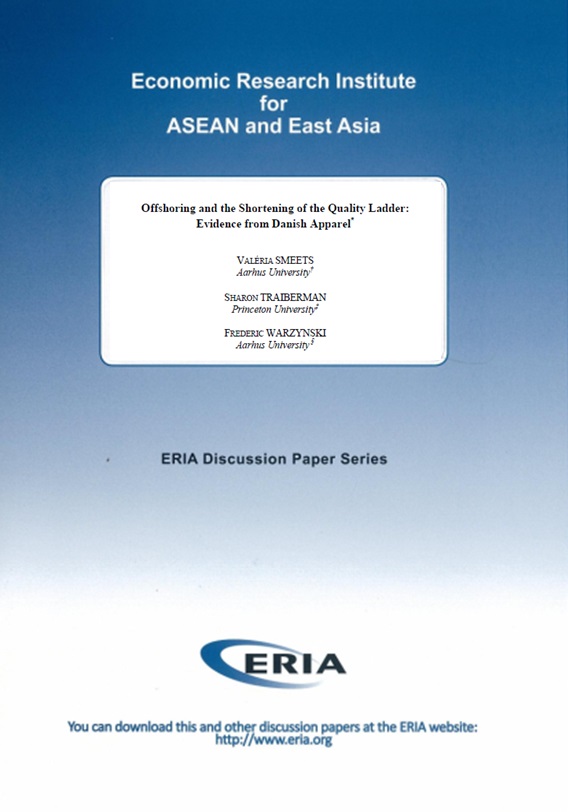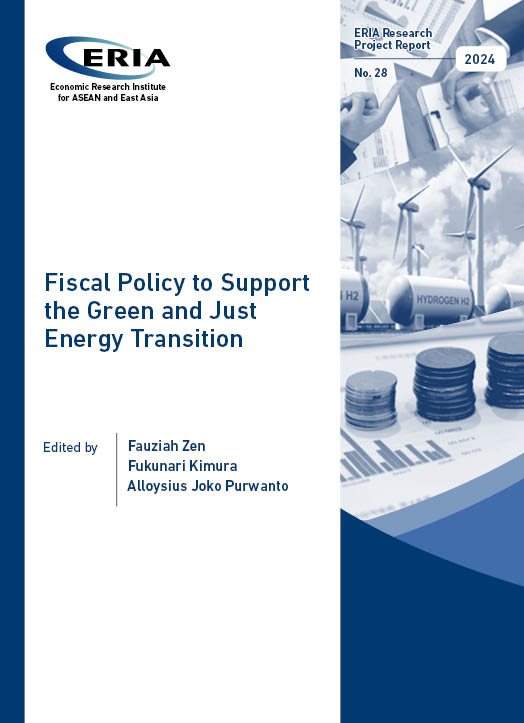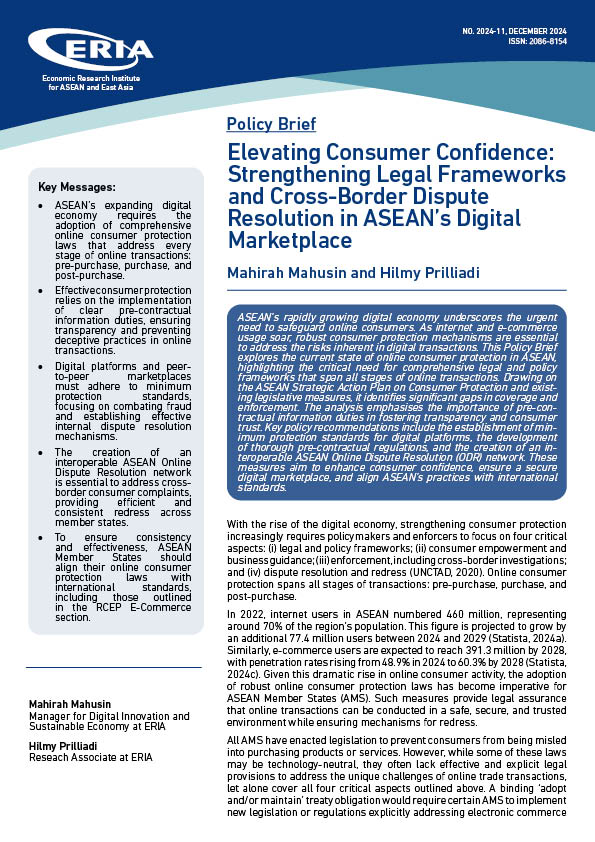Offshoring and the Shortening of the Quality Ladder: Evidence from Danish Apparel

Date:
12 May 2014Category:
Competitiveness, Industry and Manufacturing, TradeType:
Discussion PapersTags:
industry and manufacturingPrint Article:
Recently a small and growing empirical literature has attempted to analyze the role that quality plays in our understanding of trade. In particular, the recent work of Khandelwal (2010) has brought the insights of structural IO models of demand to bear into trade data. Our work builds on this new structural literature; we use similar demand estimation techniques on a panel of Danish apparel firms from 1997 to 2010 in order to analyze how firms responded to China's entry to the WTO and the dismantling of the Multi-Fibre Agreement. We explore the implications of offshoring and import competition on the distribution of apparel quality within Denmark, and demonstrate the firm-level mechanisms that induced the observed aggregate changes. In particular, we show that the quality ladder tightens in response to trade shocks as initially low quality firms upgrade their quality relative to other firms while initially middle and high quality downgrade their output quality. An important qualification is that the quality of exports from the source country is a key determinant in both the uptake of offshoring and resultant decisions regarding quality. Finally, import competition appears to spur entry of higher quality firms and exit of lower quality producers. Nevertheless, the reallocation pattern is imperfect, suggesting that two sources of heterogeneity - the productivity and the quality margin - are key to understanding these patterns.




